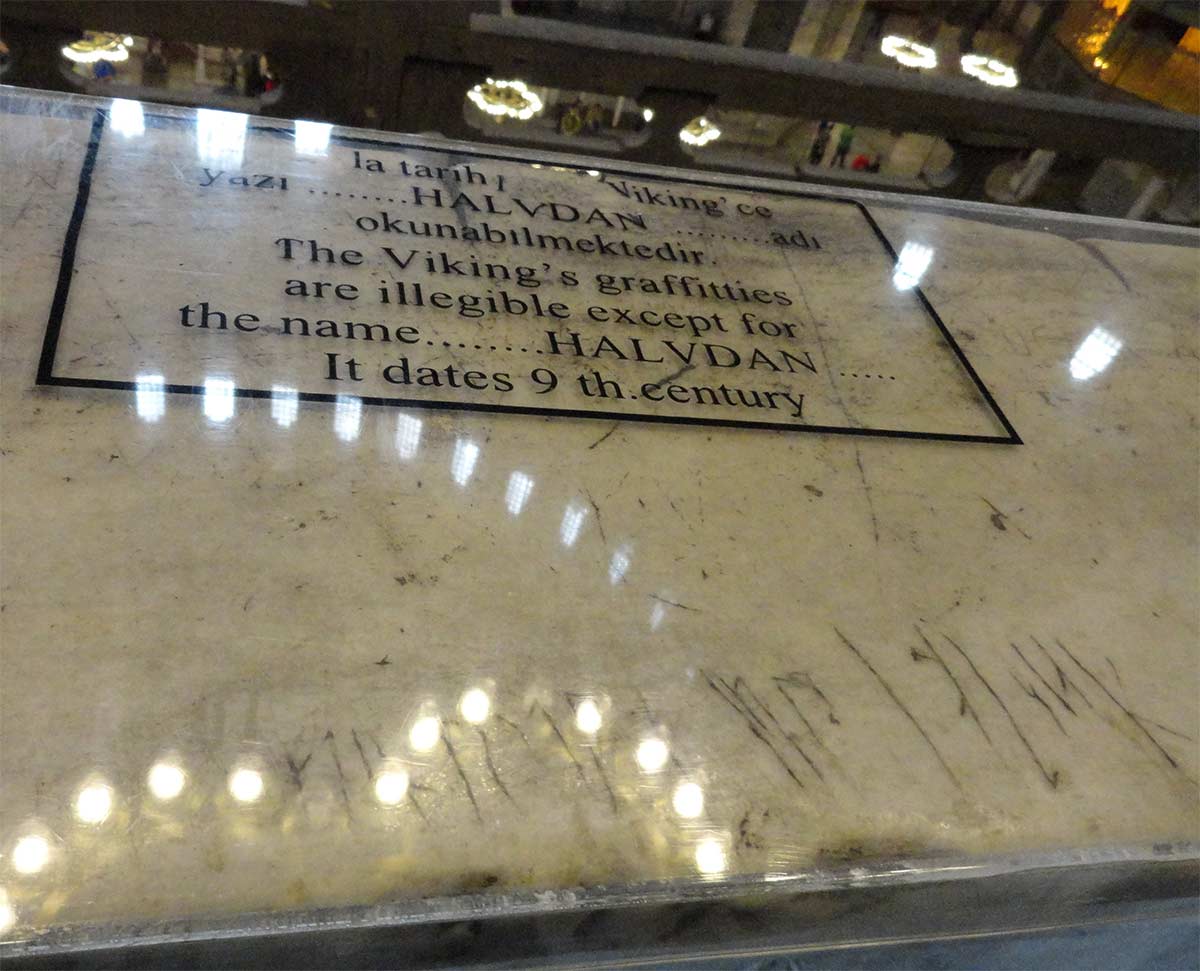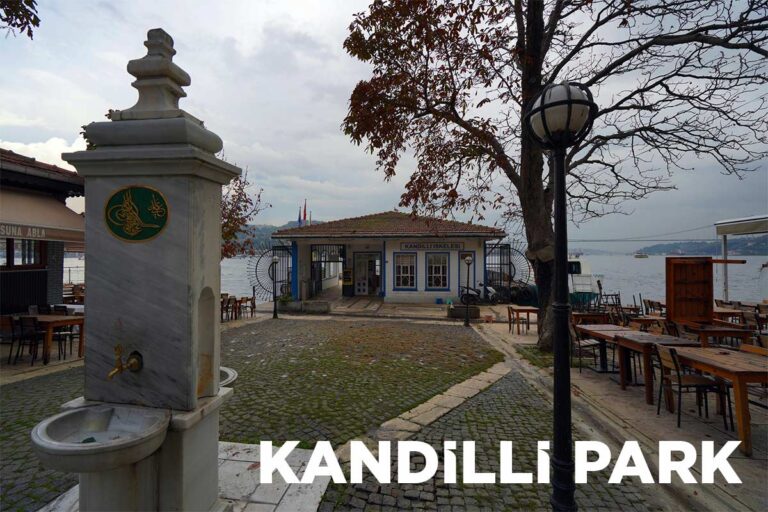The Vikings were a seafaring people and warriors who spread from Scandinavia to Europe between the 8th and 11th centuries. This period is generally known as the “Viking Age”. The Vikings are known as brave and skilled sailors, and thanks to these skills, they crossed the Atlantic Ocean and reached North America. The Vikings were also skilled craftsmen and merchants.
The social structure of the Vikings consisted of tribes led by chieftains and nobles. These chieftains and nobles ruled local communities and led them in wars. Viking society included warriors, as well as farmers, craftsmen, and merchants.
The Vikings’ religious beliefs were based on Norse mythology, and gods such as Odin, Thor, and Freyja were prominent. This belief system was influential in all aspects of life and was maintained through various rituals and ceremonies. Christianity began to spread in Scandinavia towards the end of the Viking Age.
The Vikings are famous for their raids and plundering, but in addition to these activities, exploration, trade, and cultural exchange also played an important role in their history. They were instrumental in spreading Scandinavian culture to many parts of Europe.
The Viking period came to an end towards the end of the 11th century with the Christianization of the Scandinavian countries and the establishment of centralized kingdoms. This period is considered a major turning point in Scandinavian and European history.
The discovery of Viking traces in Hagia Sophia and Istanbul makes the rich history of this city and its structures even more intriguing. Built in 537 by the Byzantine Emperor Justinian I as a Christian basilica, Hagia Sophia was converted into a mosque during the Ottoman period and serves as a museum today. Hagia Sophia, one of Istanbul’s most significant historical and cultural symbols, and various parts of the city bear traces that indicate the presence of Vikings.
These traces are often in the form of runic inscriptions, showcasing the Vikings’ contacts and interactions with the Byzantine Empire. The runic inscriptions in Hagia Sophia, thought to belong to a Viking warrior named Halfdan, are particularly noteworthy. These inscriptions raise curiosity about how the Vikings reached Byzantium and the nature of their interactions there. It is believed that the Vikings came to Byzantium for trade, mercenary work, or exploration.
The presence of Viking traces in Istanbul signifies that the city and Hagia Sophia hold an important place not only in local history but also in international history. This situation is a testament to how vast and diverse cultural interactions and history can be.
Significance of Viking Traces:
- Demonstrate the historical and cultural richness of Hagia Sophia and Istanbul.
- Shed light on the relationships and interactions between the Vikings and the Byzantine Empire.
- Provide insights into the maritime and trade networks of Medieval Europe.
- Show how different cultures interacted and influenced each other.
Future of Viking Traces:
- The preservation and transmission of these traces to future generations is crucial.
- More research should be conducted on Viking history and culture in Hagia Sophia and Istanbul.
- These findings should be shared more broadly with the public.
Conclusion:
The discovery of Viking traces in Hagia Sophia and Istanbul once again highlights the significance of this city and its structures in world history. These findings will help us better understand the past and explore the connections between different cultures.



